Two conservative Supreme Court Justices, Amy Coney Barrett and Clarence Thomas, can’t seem to agree on the inherent rights of the US Constitution and, more specifically, on the right to free speech.
After the recent ruling on the Vidal v. Elster case, Barrett called out her fellow Republican, Clarence Thomas, for ignoring the Constitution in favor of “history and tradition.” Now, their argument is shedding light on much bigger issues within the US Supreme Court.
Case Background: Vidal v. Elster

The case, Vidal v. Elster, involved Steve Elster’s attempt to trademark the phrase “Trump Too Small” for t-shirts in 2018.
The Patent and Trademark Office (PTO) denied the registration because Elster had not received former President Donald Trump’s consent, as required by the Lanham Act.
What Is the Lanham Act?

The Lanham Act, also known as the Trademark Act, was established in 1946 by the US Patent and Trademark Office.
The act includes several clauses that explain trademark rights and violations, one of which states that no one can validate a trademark with a living person’s name (whether it’s complimentary or critical) without their consent.
First Amendment Contention
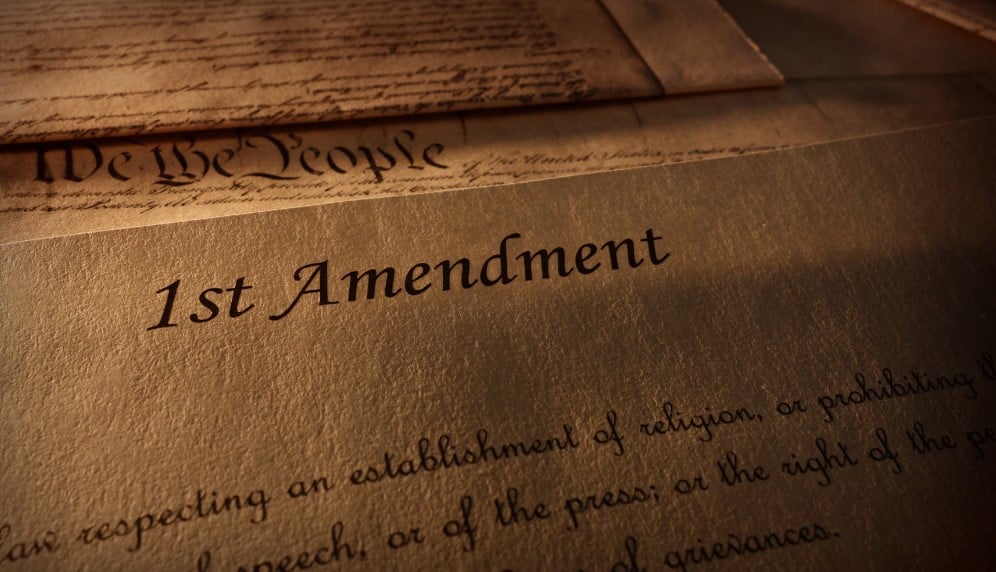
Elster took his case to court and argued that the PTO’s rejection violated his First Amendment rights to free speech.
The US Court of Appeals for the Federal Circuit unanimously reversed the PTO’s decision, agreeing with Elster that he was well within his rights to trademark the phrase for his t-shirts.
Taking the Case to the Supreme Court

However, after the appeals process, the case made its way to the Supreme Court, where the nine justices overturned the appeal and agreed with the PTO’s original decision.
The Supreme Court unanimously sided with the PTO, asserting that the First Amendment allows the PTO to refuse such registrations according to the Lanham Act.
Barrett Announced That Her Opinions Were Brushed Aside

Although all nine justices eventually voted with the PTO, several noted that they did have concerns as to whether or not this decision was violating Elster’s Constitutional right to free speech.
Conservative Justice Amy Coney Barrett said that during this process, she made several important points that fellow Justice Clarence Thomas all but ignored. She also noted that she believed Thomas’ arguments to be lacking in validity, sparking a debate around the country.
Thomas’s Majority Opinion
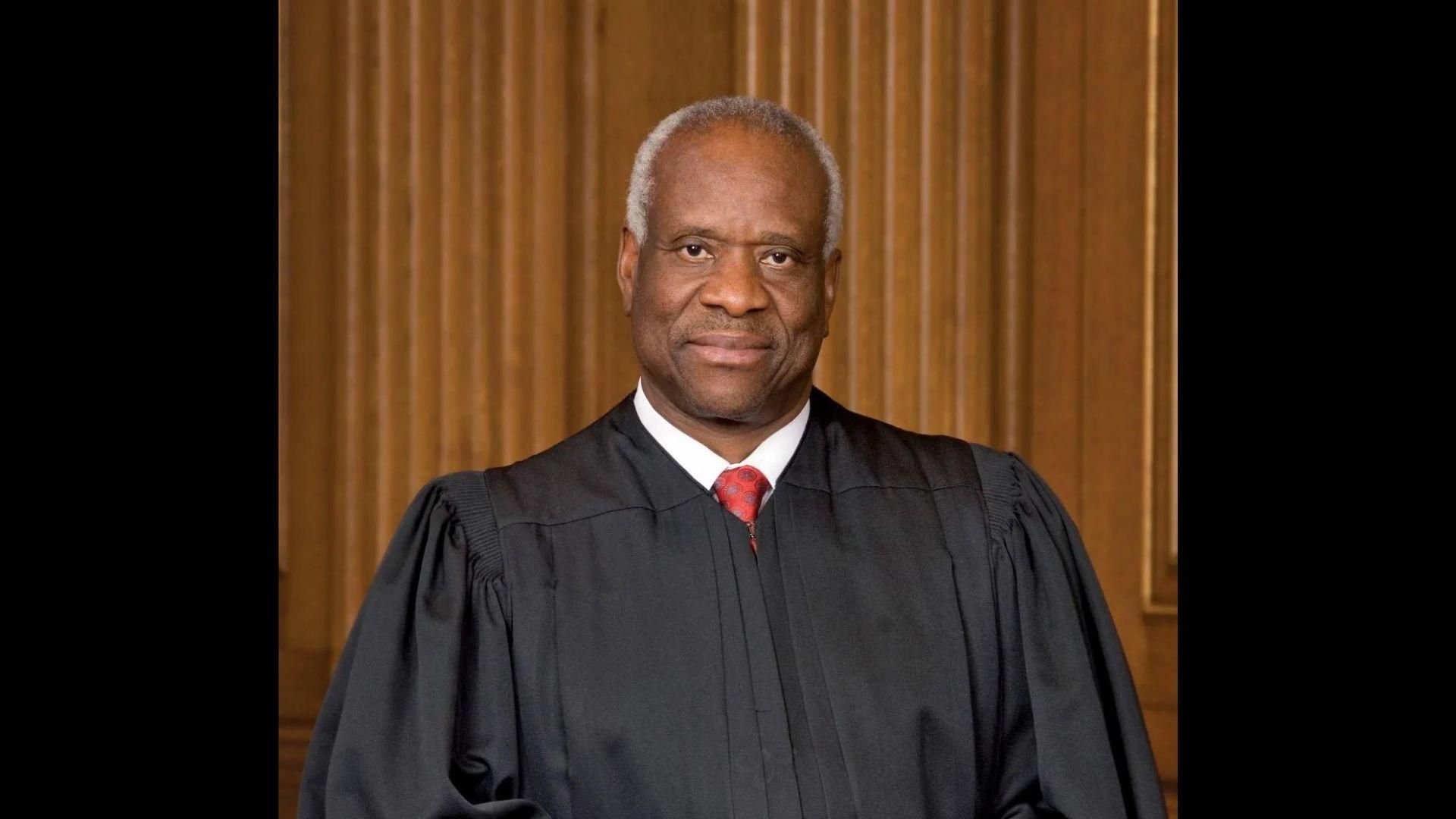
Justice Clarence Thomas authored the majority opinion, stating that the PTO’s rejection did not violate Elster’s First Amendment rights.
Thomas emphasized that U.S. trademark law involves content-based restrictions, not viewpoint-based restrictions, highlighting the “names clause” in his reasoning.
Barrett’s Separate Opinion
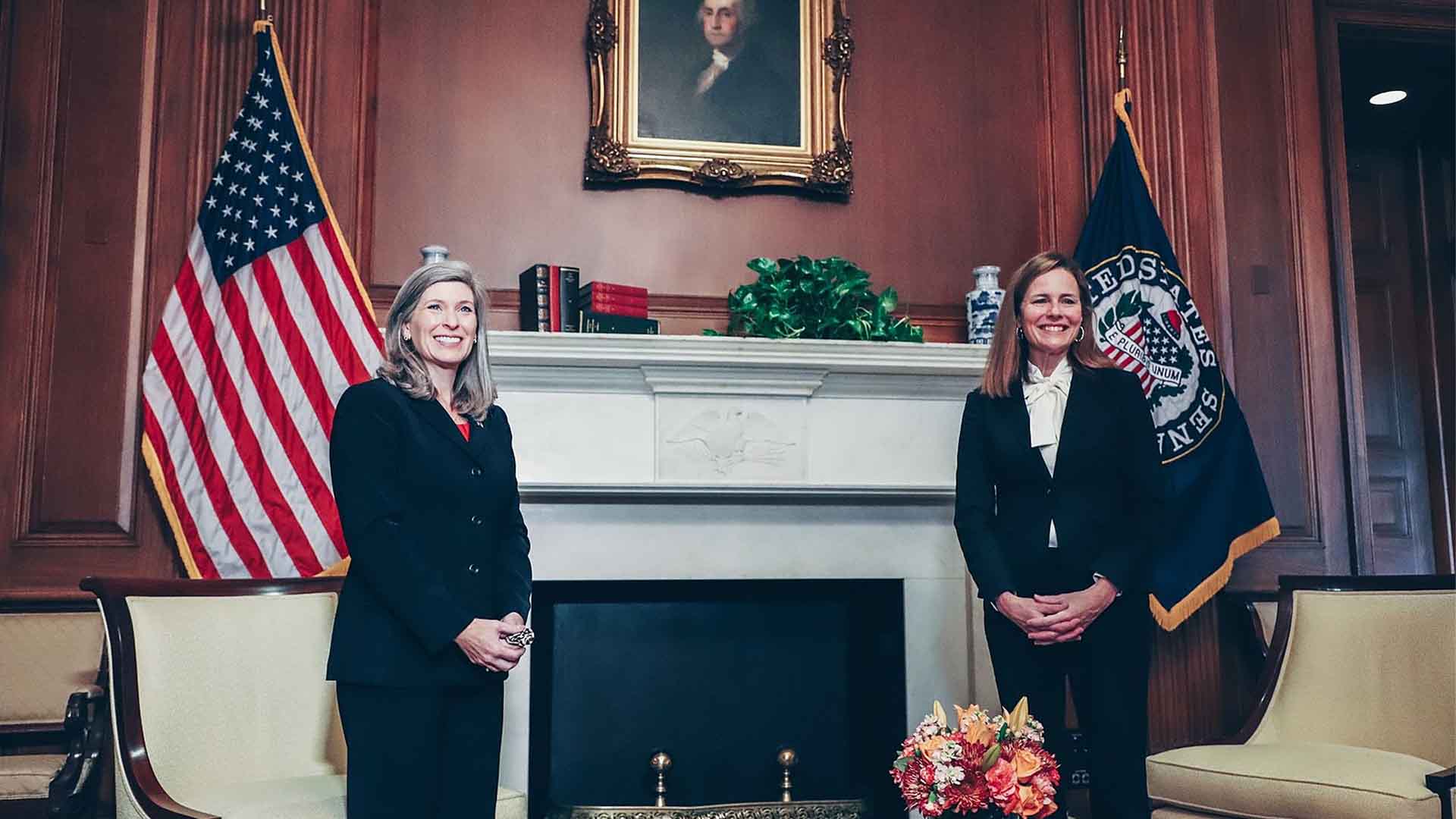
Justice Barrett, however, disagreed with Thomas’s historical analysis. In her concurring opinion, she argued that relying on historical examples complicates the case.
Barrett criticized Thomas’s use of historical precedents, asserting that trademark cases from the late 19th or early 20th centuries are only “loosely related” to the present case.
Justice Amy Coney Barrett Wants to Set the Record Straight
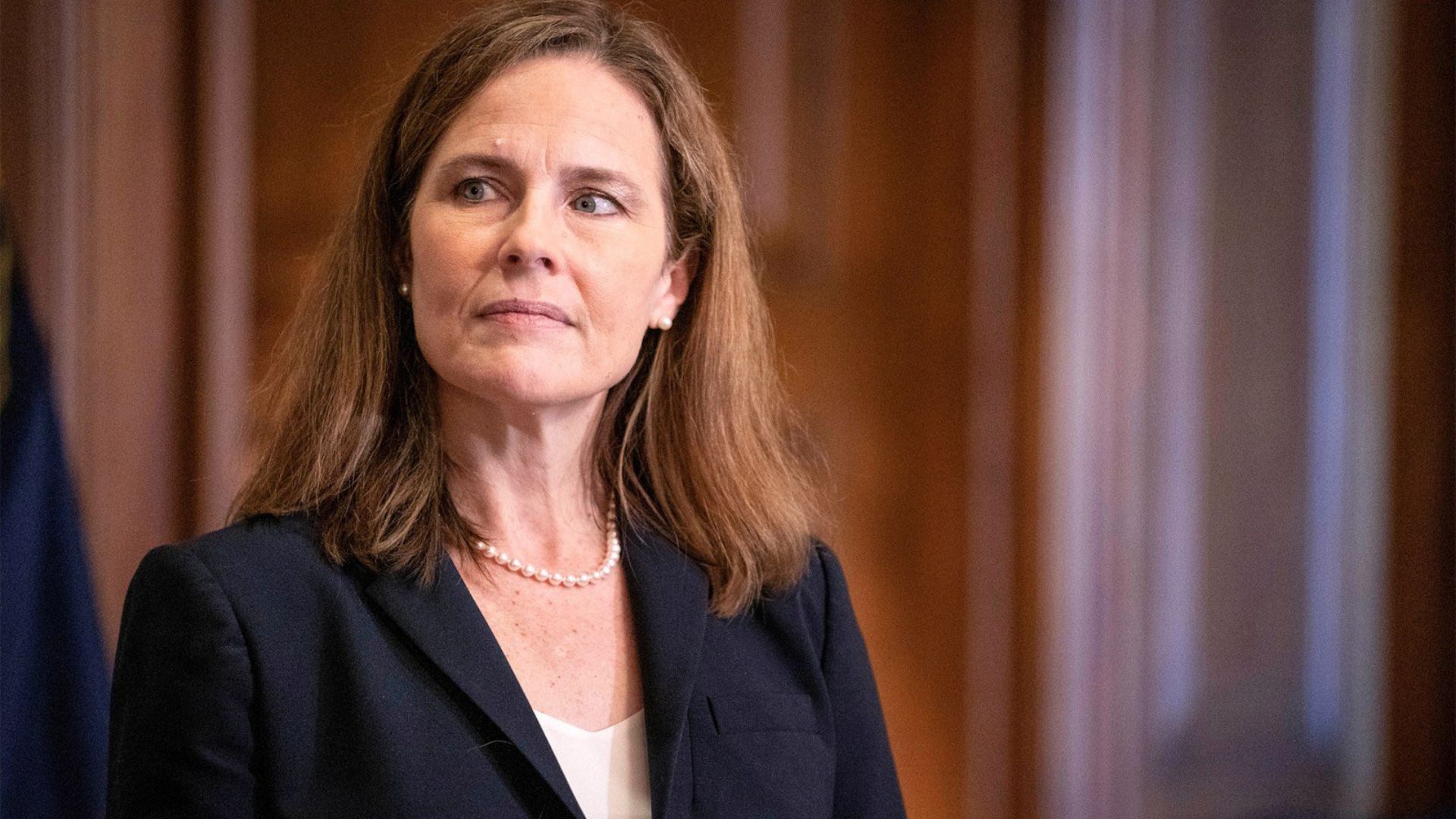
She argued that these precedents cannot serve as solid historical evidence for the current names clause issue.
Justice Barrett also complained that Justice Thomas had misinterpreted her arguments during the case, and she felt it was important to share her true opinion even after the court had made its decision.
Justice Barrett Argued Thomas Doesn’t Understand Her Position
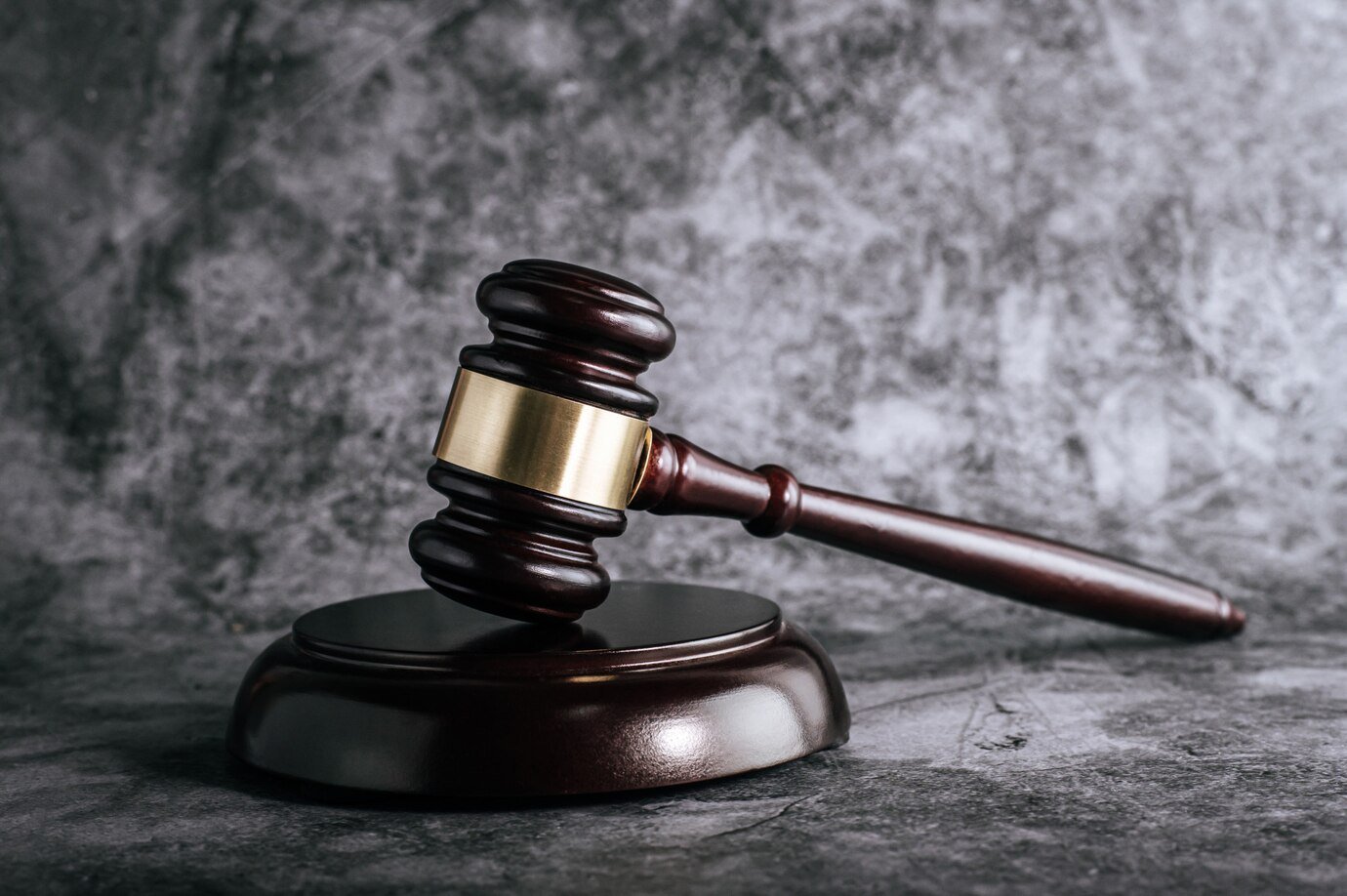
Freepik
“Justice Thomas mistakenly suggests that I present the federal trademark register as a limited public forum. That is not my position,” Barrett clarified.
Instead, what Justice Barrett said she ” view[ed] the content-based nature of the limited public forum as analogous to the trademark registration system. Moreover, by characterizing my argument as a conclusory statement that the limited public forum framework is ‘apt,’ Justice Thomas ignores my reasons for drawing the analogy.”
Sotomayor Agrees with Barrett
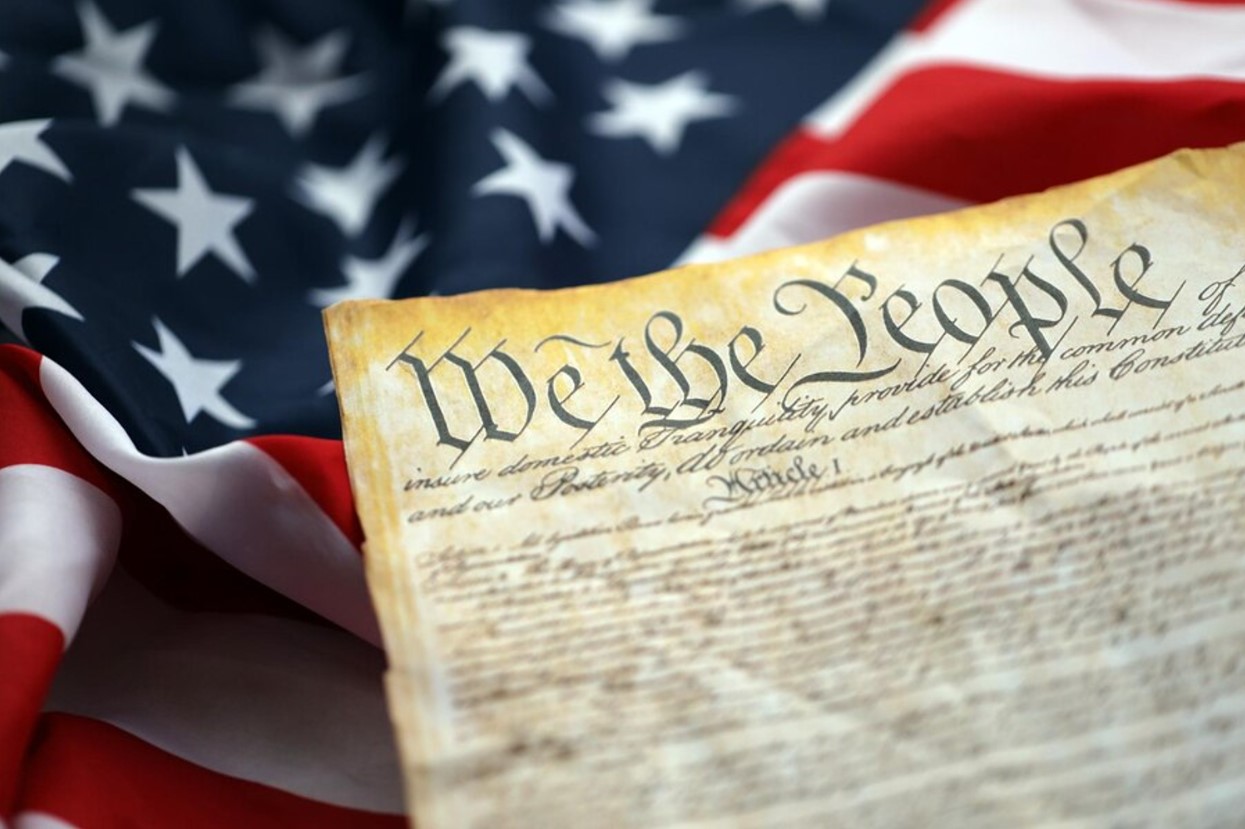
Supreme Court Justice Sonia Sotomayor sided with conservative Barrett in her concurring opinion.
The liberal justice wrote, “I agree with Justice Barrett that, even if the majority’s historical evidence were rock solid, there is no good reason to believe that hunting for historical forebears on a restriction-by-restriction basis is the right way to analyze the constitutional question.”
A Divided Court
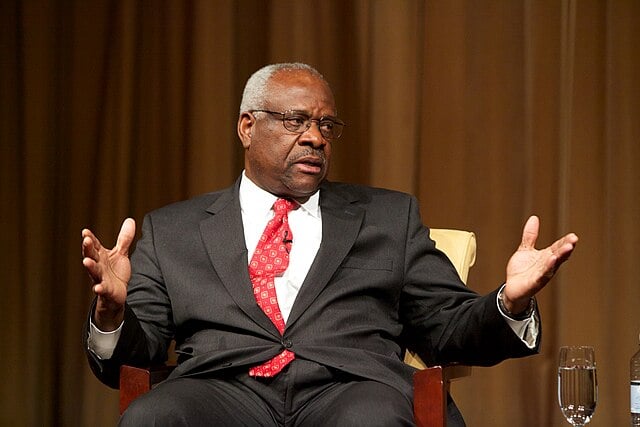
Wikimedia
Beyond Barrett’s refutation, justices Sotomayor, Elena Kagan, and Ketanji Brown Jackson also criticized Thomas’s approach.
However, justices Samuel Alito and Neil Gorsuch agreed with Thomas wholeheartedly. Clearly, the Supreme Court is very divided, which shed light on a much bigger issue that just the trademark case at hand.
The Supreme Court Is Meant to Uphold the Law Above All Else
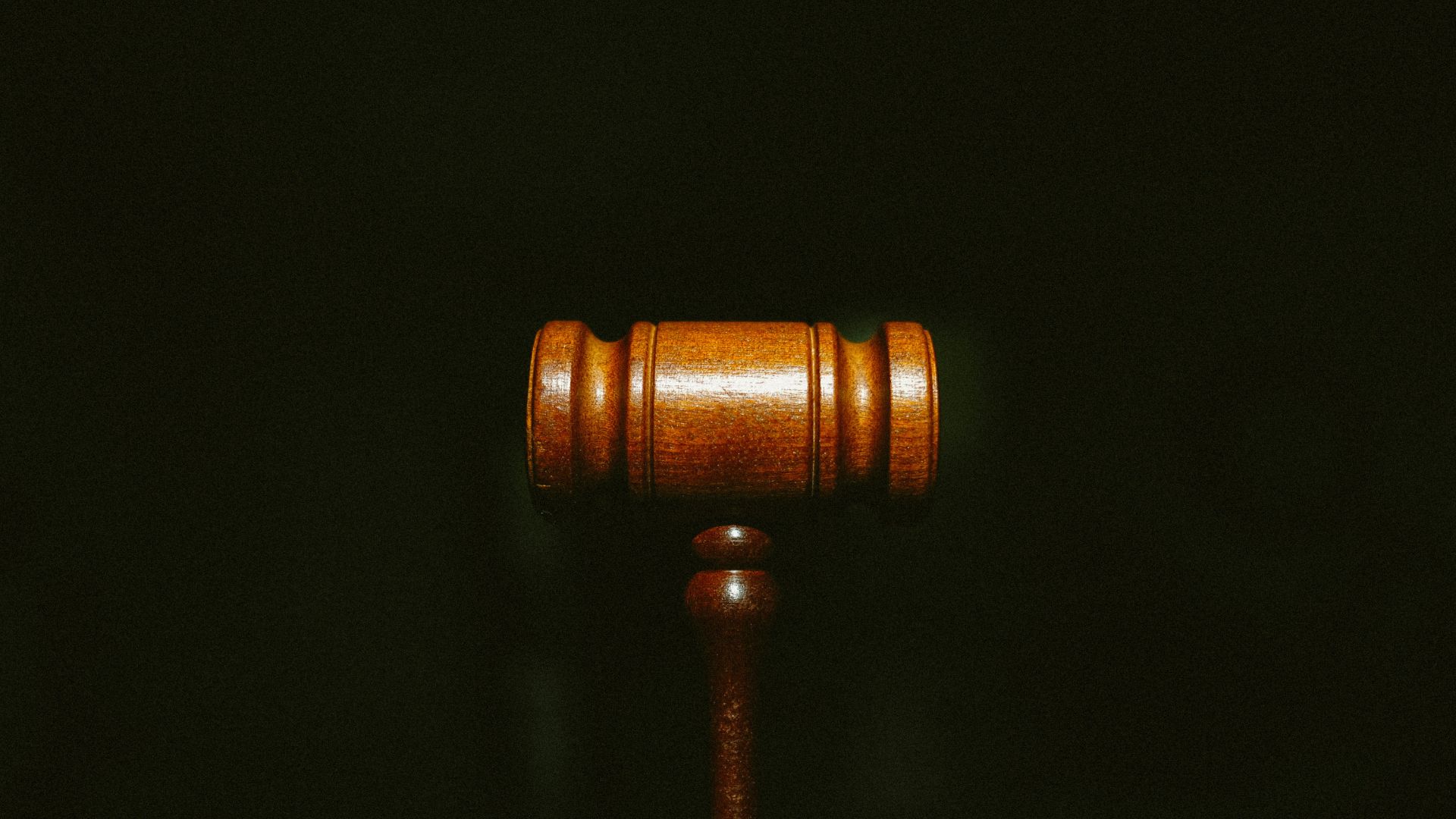
It’s important to understand that the US Supreme Court is the highest court in the nation; it was established in 1789 as the final say in any dispute on American soil.
The Supreme Court is made up of nine justices, each of whom are tasked with upholding the US Constitution and consequent laws at all times, no matter their political, religious, or personal opinions.
Supreme Court Justices Are Appointed by the President
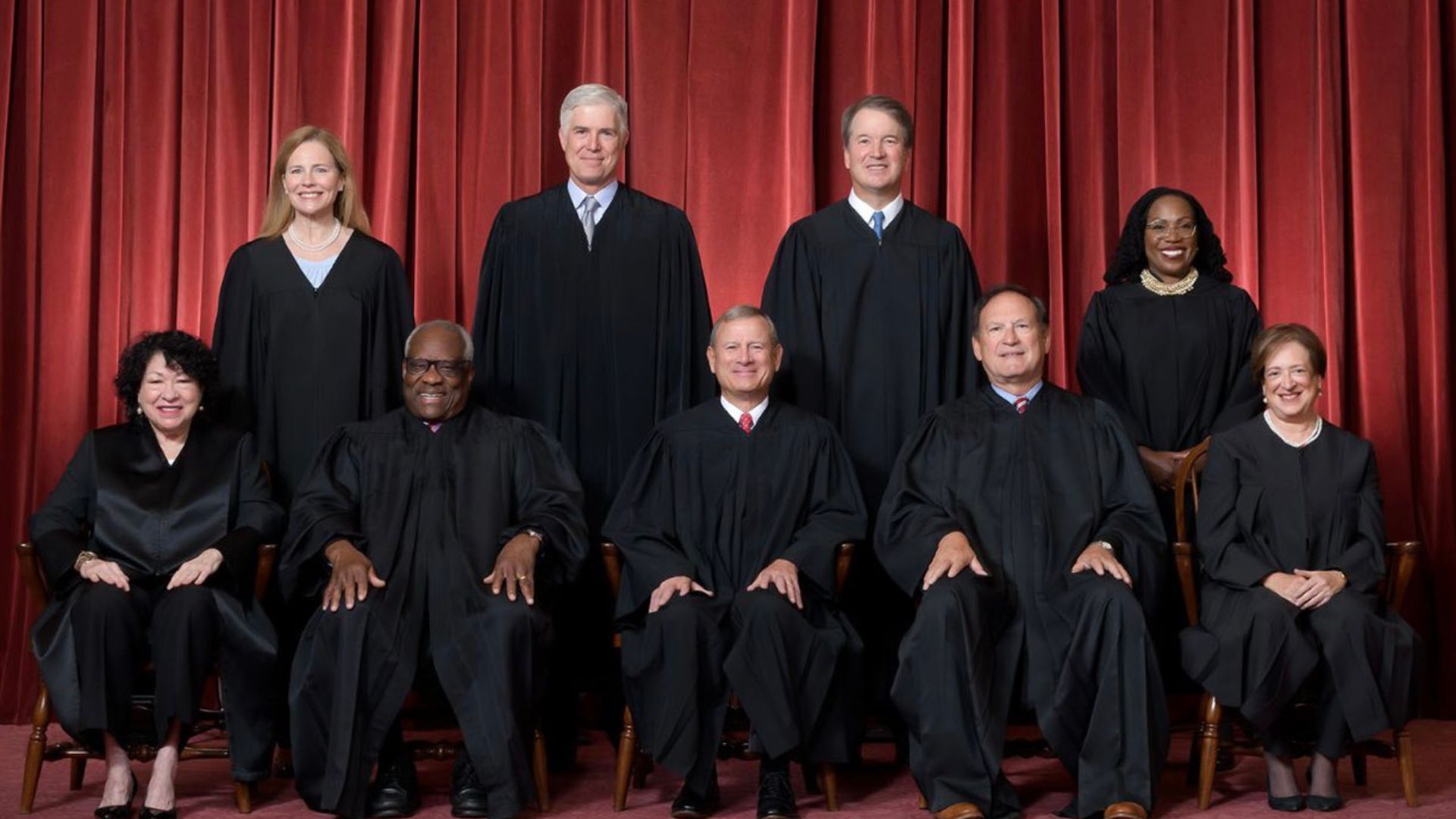
One interesting feature of the Supreme Court is that its justices are not elected by the people as almost all other government officials are.
Instead, the justices are appointed by the President of the United States. The nominees still need to be interviewed and approved by the Senate; however, it is few and far between that a president’s selection is denied.
Are Supreme Court Justice’s Bipartisan?
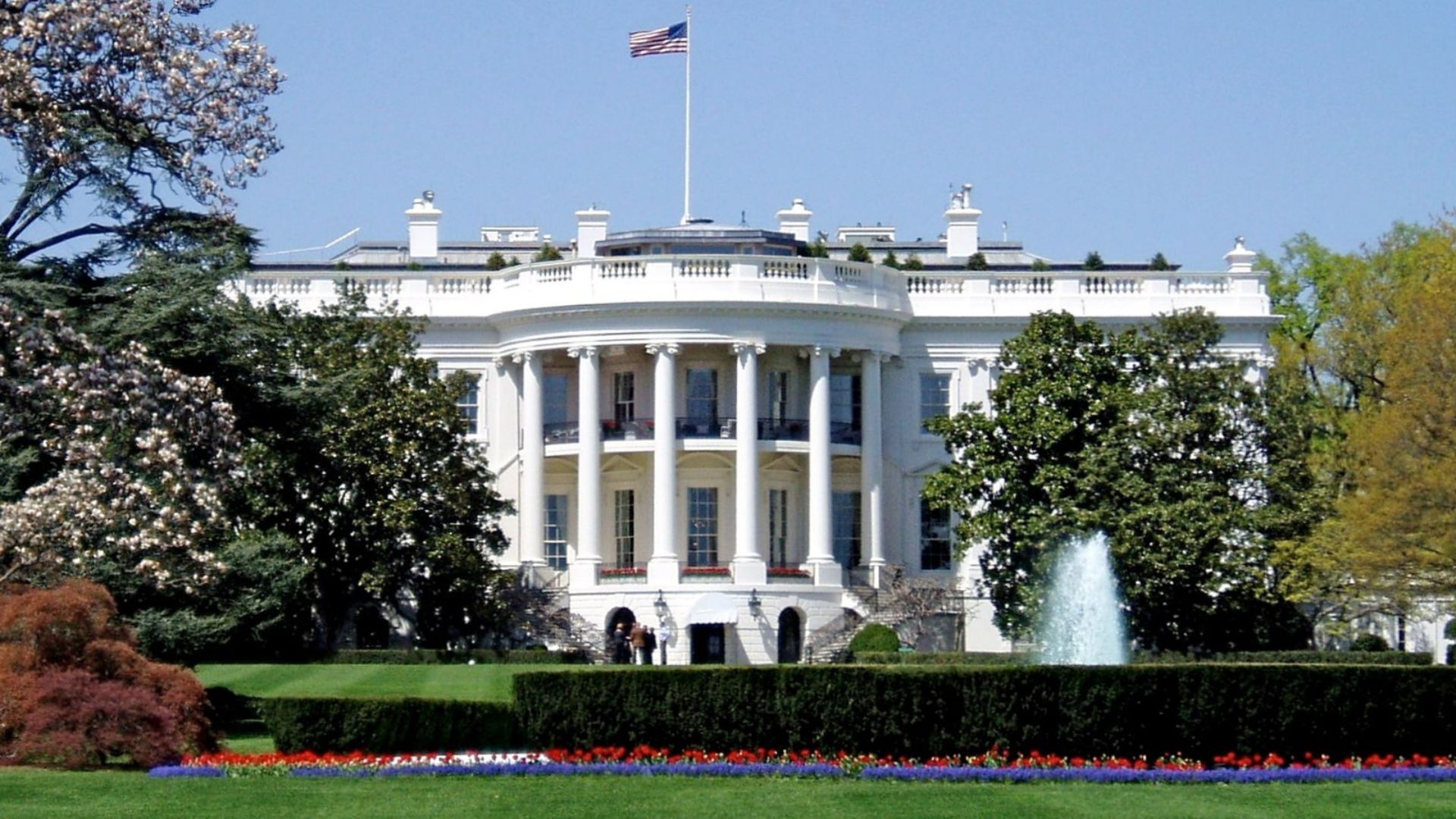
Most often, the president will select a prominent judge as the next justice because they have similar political views. In other words, Democrats choose Democrats and Republicans opt for Republicans.
However, while the Supreme Court Justices do have political affiliations, they are supposed to be able to put their opinions aside when ruling and follow the law above all else.
Some Supreme Court Justices Have Struggled to Do So
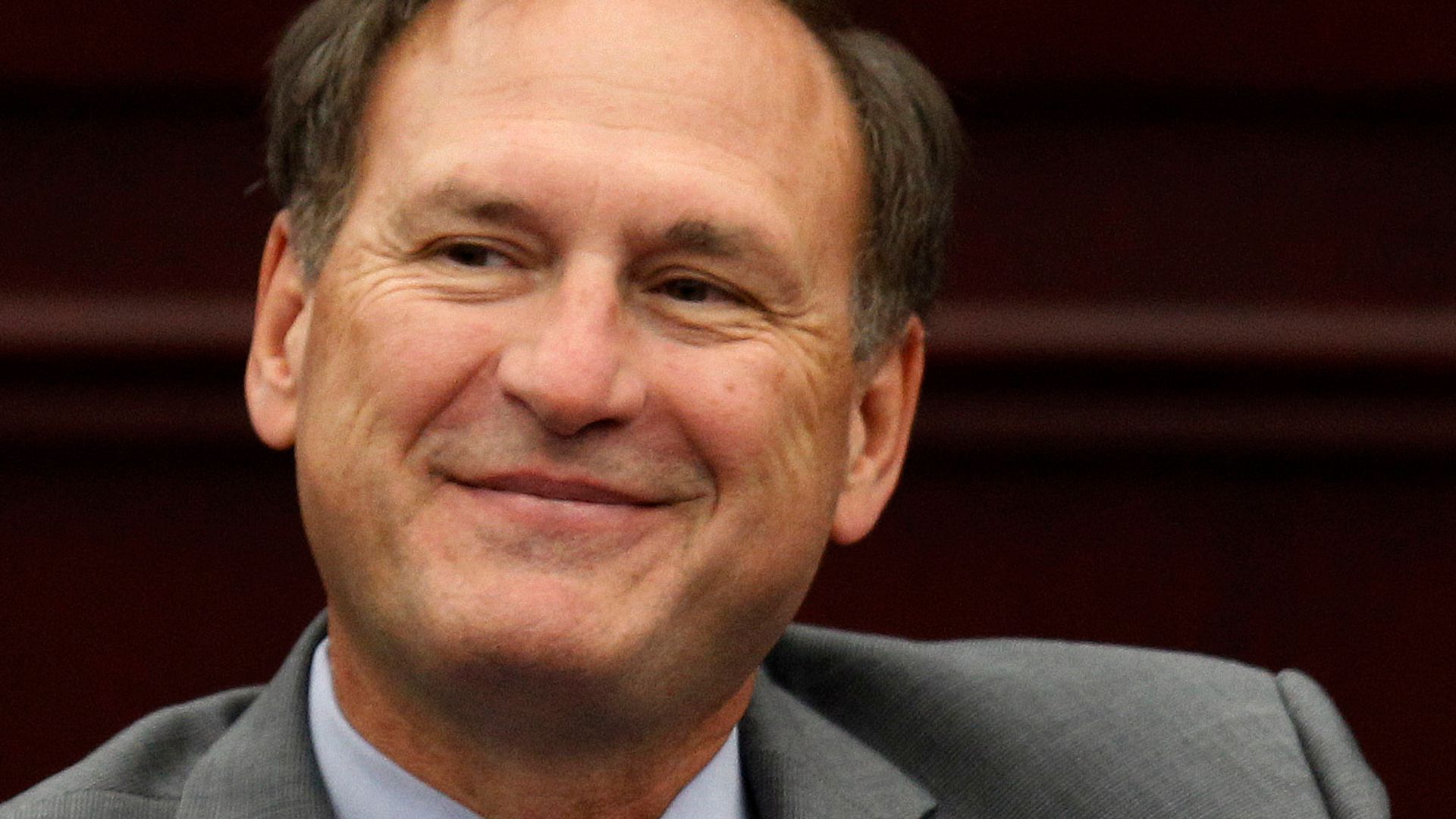
It’s become increasingly apparent that some of the current Supreme Court Justices haven’t been able to put their personal political affiliations aside.
Justice Samuel Alito has made headlines off and on over the past several years for his unwavering support of former president Donald Trump, as well as his staunch belief in Christian Nationalism.
Justice Thomas Clarence Is Even Being Investigated
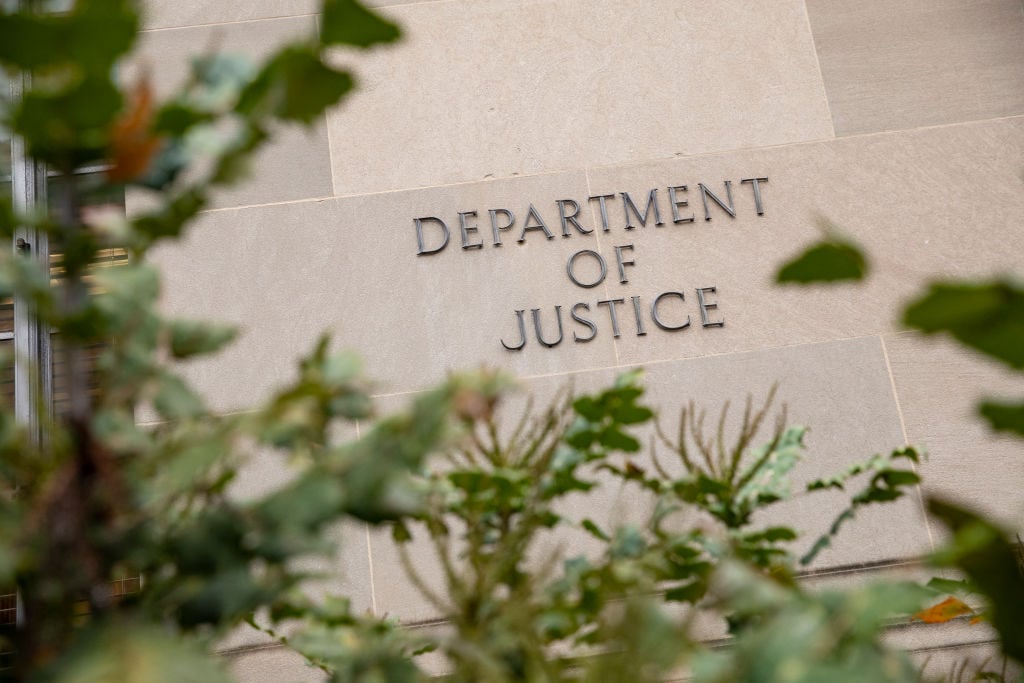
Separately, Thomas is facing scrutiny from the Senate Judiciary Committee, which oversees the Department of Justice, for failing to disclose expensive trips and gifts from GOP donor Harlan Crow.
The committee, led by Democrats, has uncovered additional trips and gifts worth millions that Thomas allegedly did not report, making millions of Americans question his moral compass.
Thomas Responds to Criticism
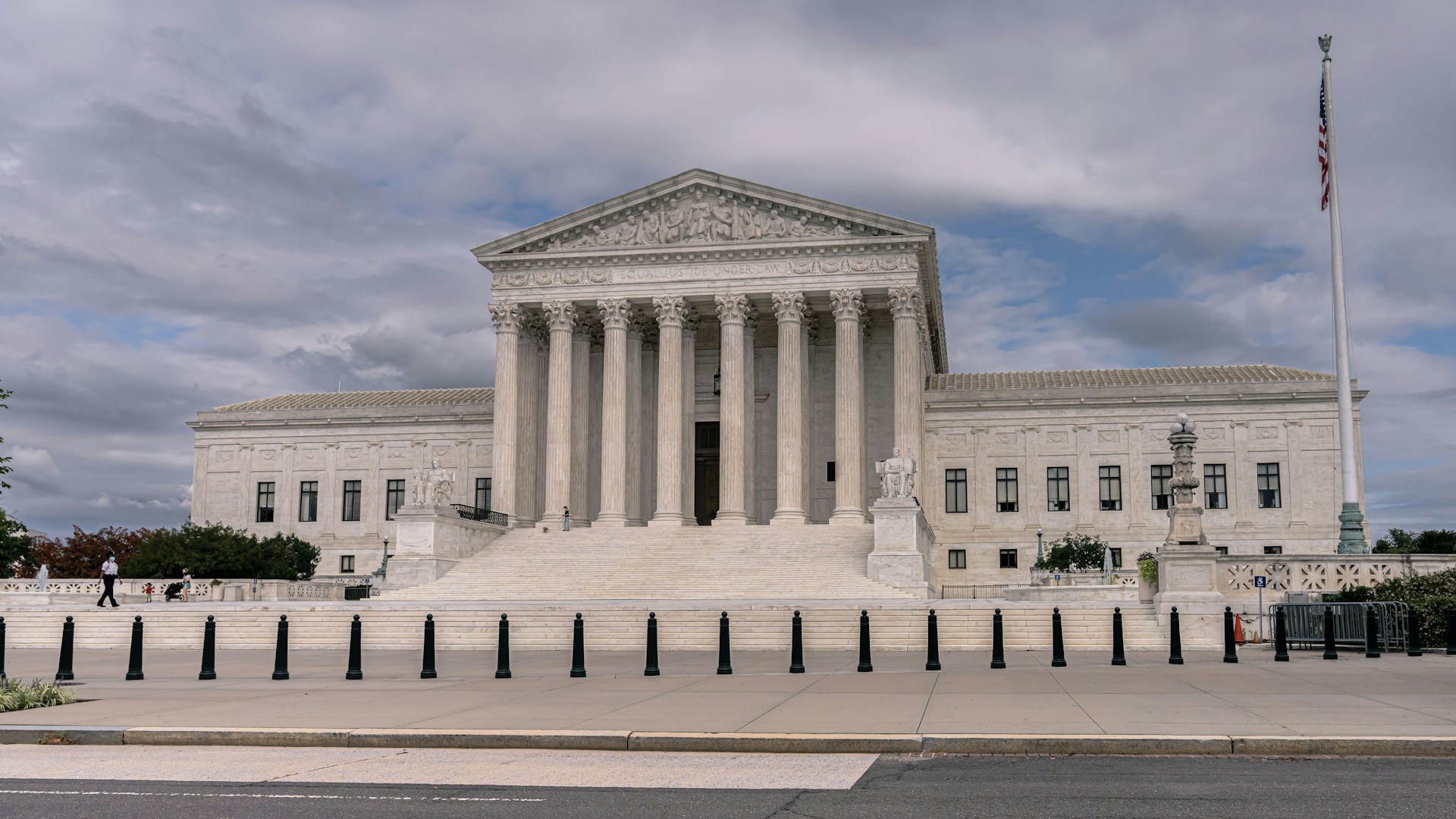
Thomas has previously commented on the “nastiness” in Washington politics and defended his reputation against what he considers reckless attacks.
He lamented the loss of trust in the Supreme Court, especially following the leak of the Roe v. Wade decision in 2022.
Americans Have Lost Faith in the Supreme Court

Of course, there are some who agree with Alito and Thomas’ personal opinions, and therefore, are less concerned than others about their personal decisions effecting the efficacy and honor of the court.
However, the vast majority of the American population has lost faith in the nation’s highest court. According to Gallup data, 58% of Americans disapproved of the court last September, reflecting historic discontent amid ongoing scandals and internal disagreements among the justices.
Calls for Ethical Reform
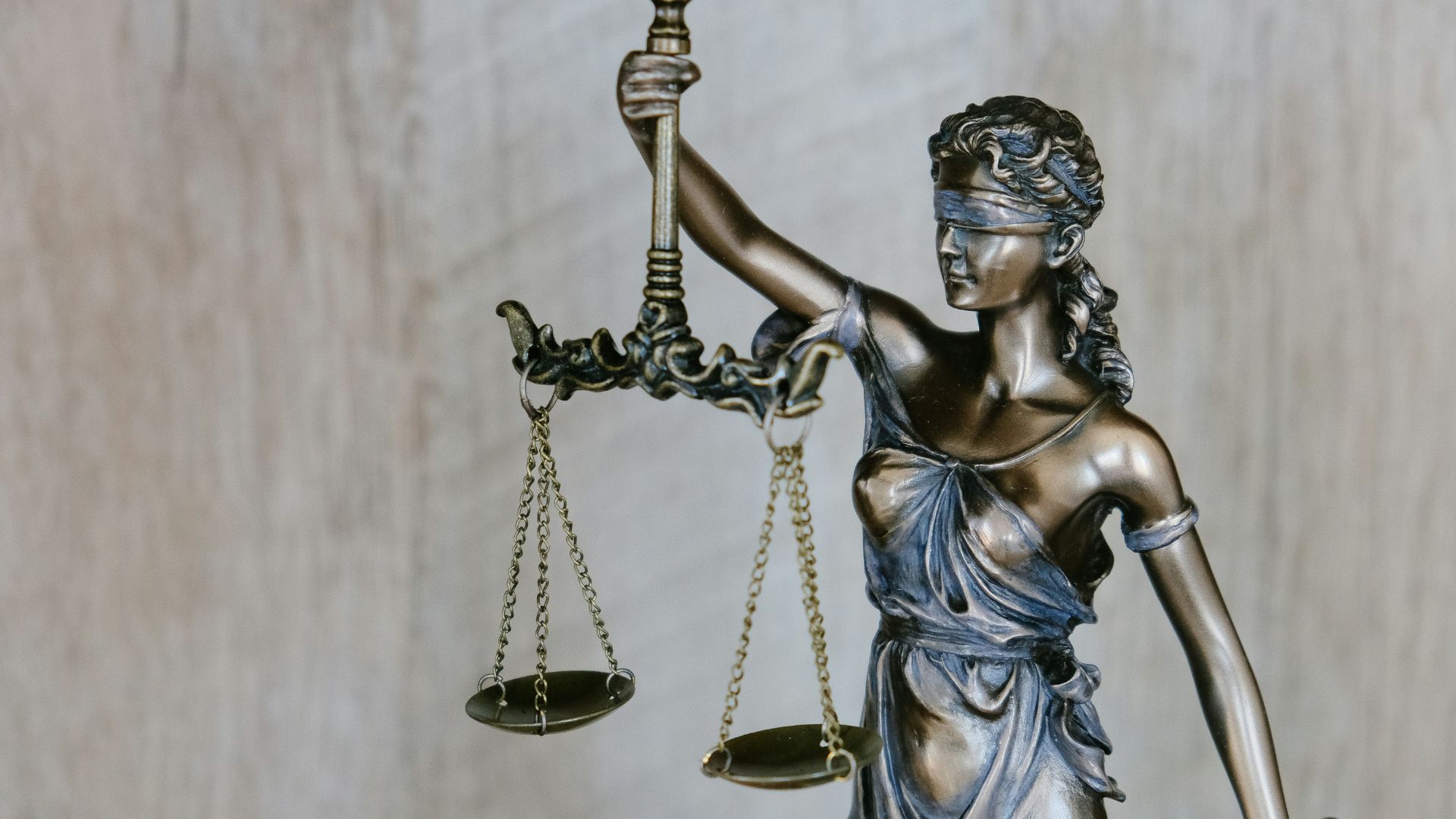
One organization, Demand Justice, described the Supreme Court as the following: “Flagrant evidence of corruption without any oversight. Unchecked, lifetime appointments. Decisions that consolidate lawmaking power improperly and dangerously in the courts.”
In response to this reality, Demand Justice, and millions of Americans are calling for ethical reform in the US Supreme Court.
Four Steps to Reform the Court
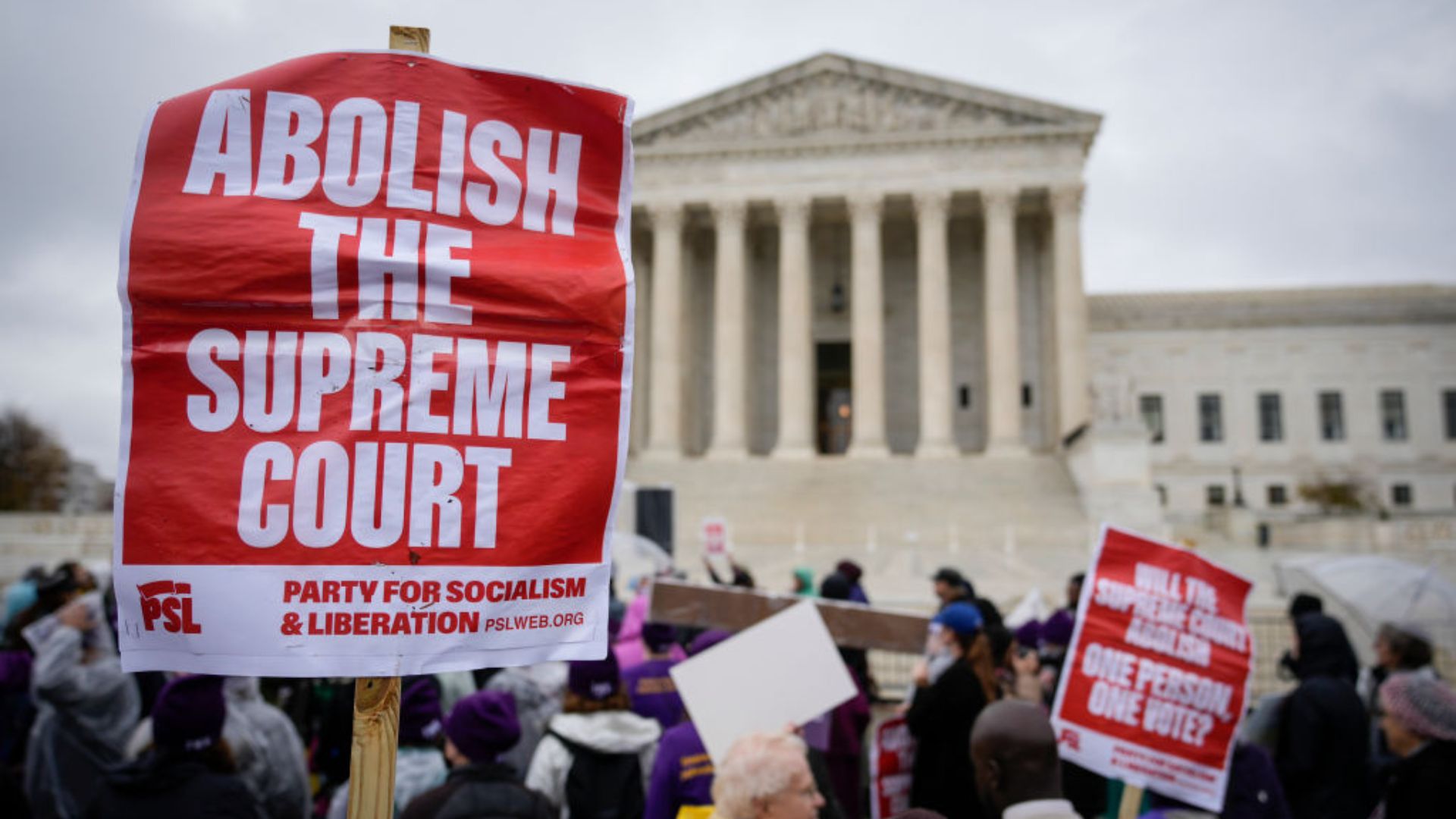
The general consensus is that the Supreme Court needs a total overhaul, but organizations like Demand Justice have organized their ideas into four specific requests.
First, they want to restore balance by expanding the Supreme Court and ensuring there are members of both political parties. Next, they want to create term limits instead of allowing justices to serve for life. Third, they want justices to agree to meaningful ethics rules. And finally, improve the district courts below the Supreme Court to insure diversity within the entire system.
Taking Action to Clean Up the Supreme Court
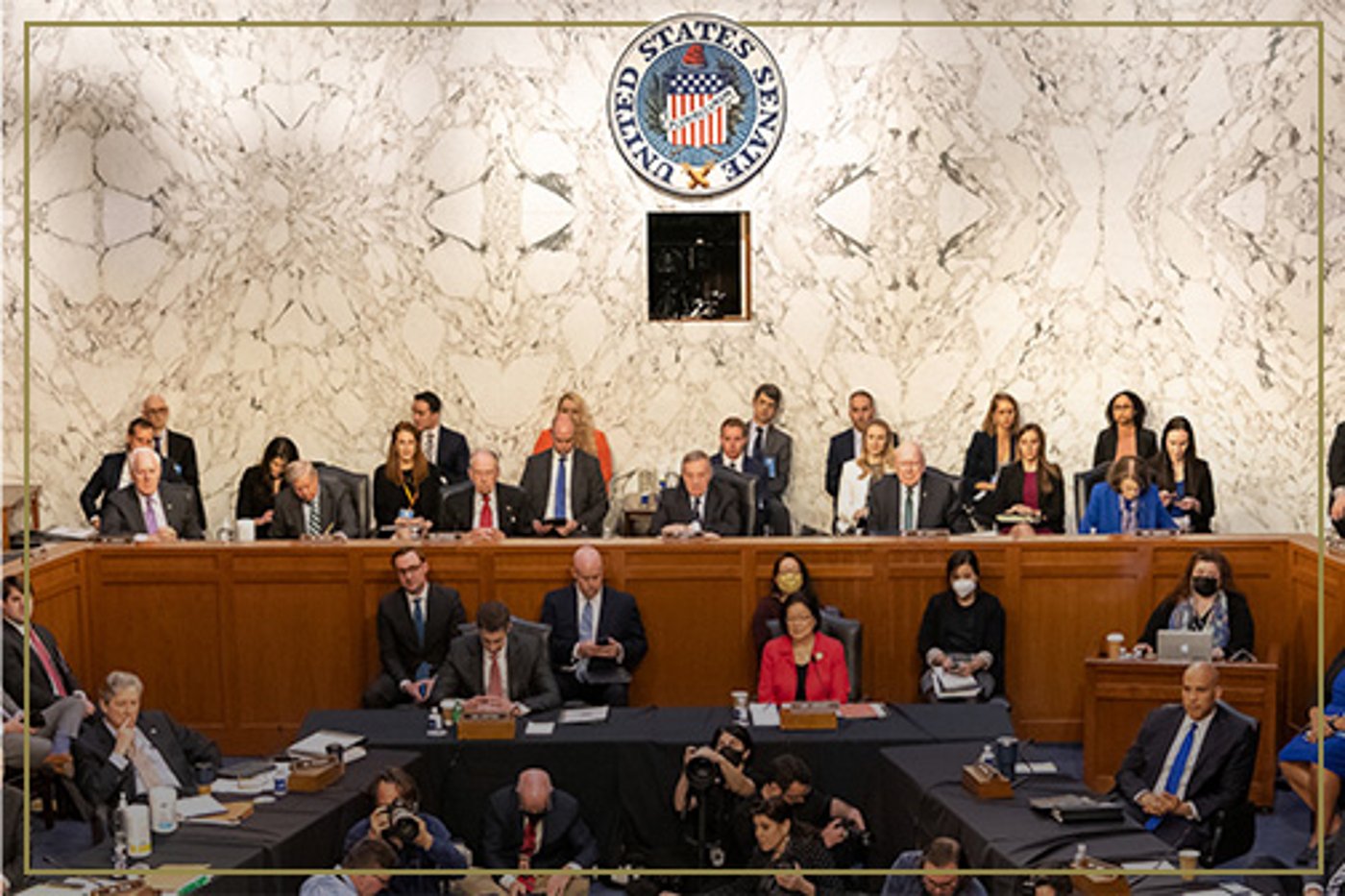
While grassroots organizations are a staple in American reform, the sad truth is that usually, no real change is made without the government’s involvement
Luckily, the Senate Judiciary Committee, who oversees the Department of Justice, has taken notice and made plans for real and lasting reform in the US Supreme Court.
Senate Judiciary Committee Sees the Problems in the Supreme Court
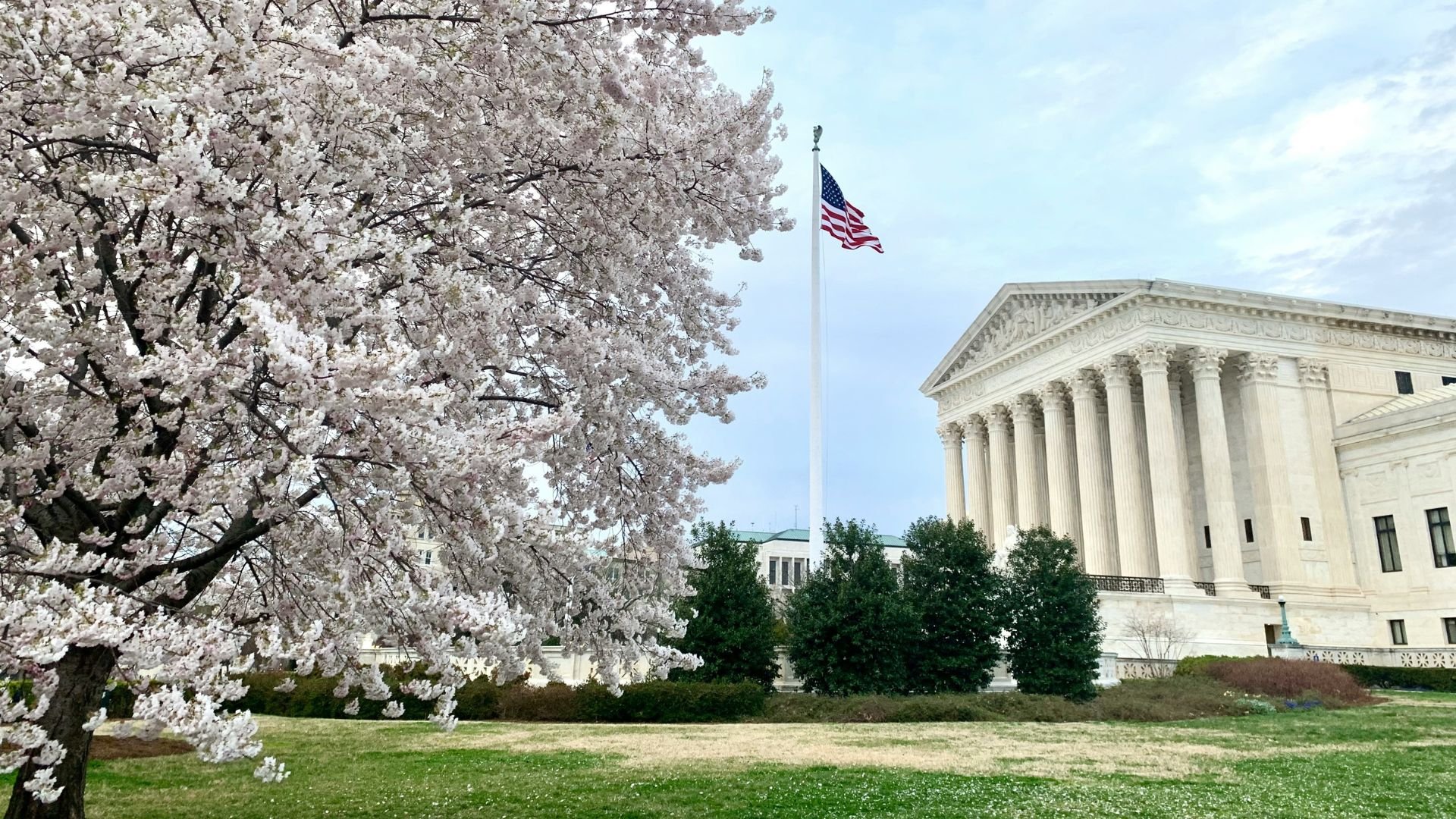
Senate Judiciary Committee Chairman Dick Durbin has already called for stronger ethical guidelines for the Supreme Court, emphasizing the need for an enforceable code of conduct to address the ethical lapses and regain public trust.
In fact, Durbin already has already introduced a bill that, if passed, will do exactly that: Supreme Court Ethics, Recusal, and Transparency Act.
Barrett v. Thomas: Just Another Supreme Court Controversy

A healthy debate between two people is the backbone of the American political system. So, in theory, the argument between Justices Barrett and Thomas could be seen as a natural part of our two-sided government.
However, because of the ongoing controversies regarding the Supreme Court, it simply gives Americans one more reason not to truth the morality or steadfastness of these appointed (and questionably unethical) leaders.








































